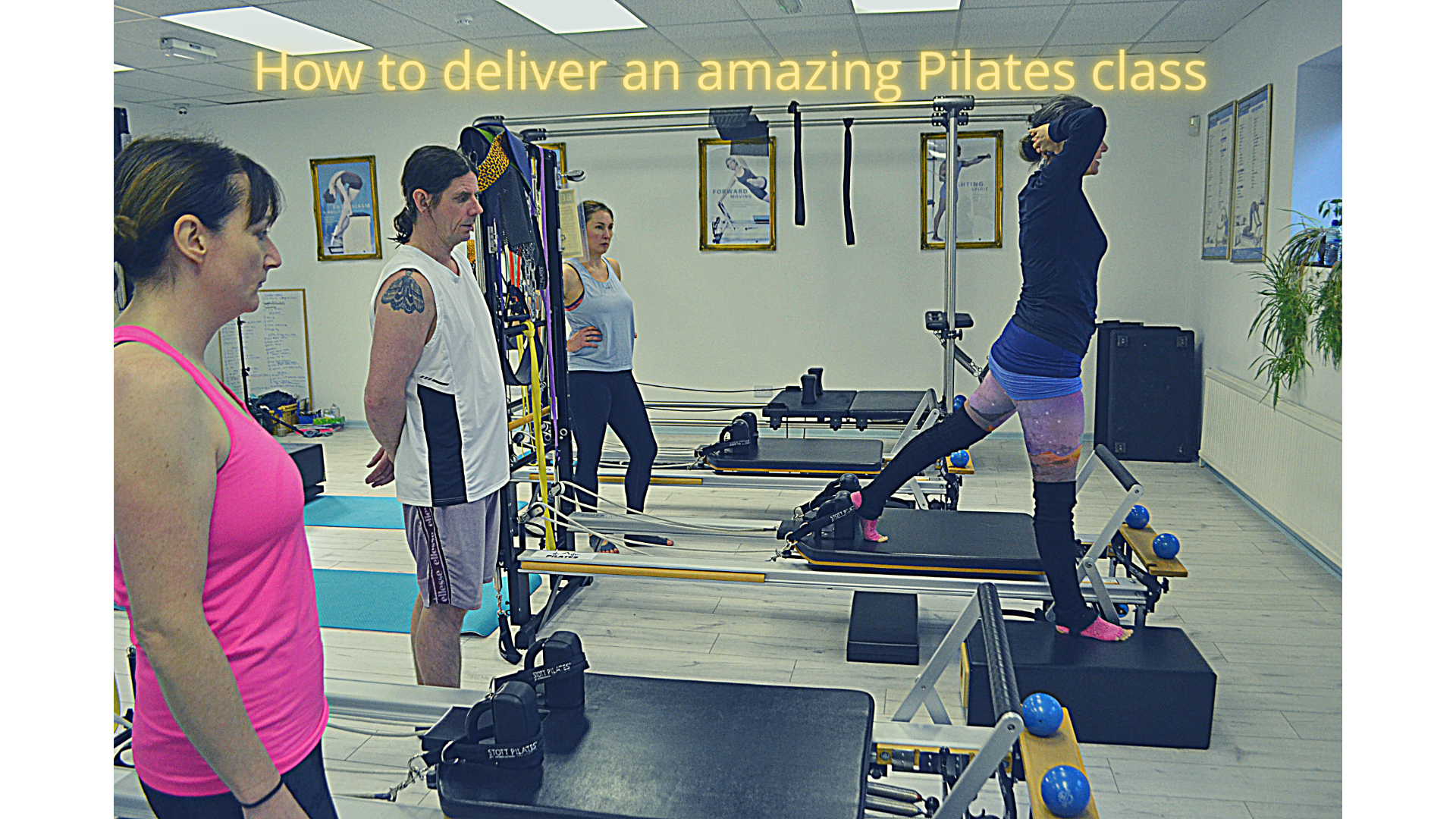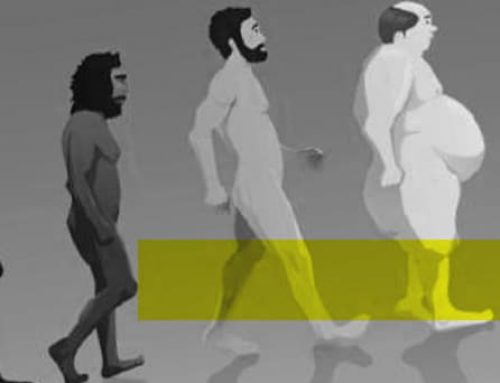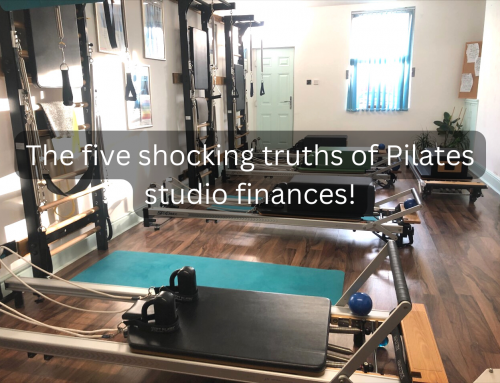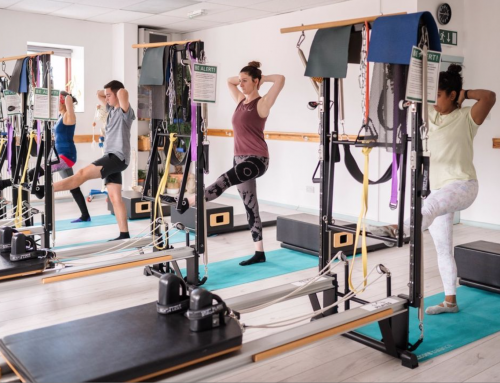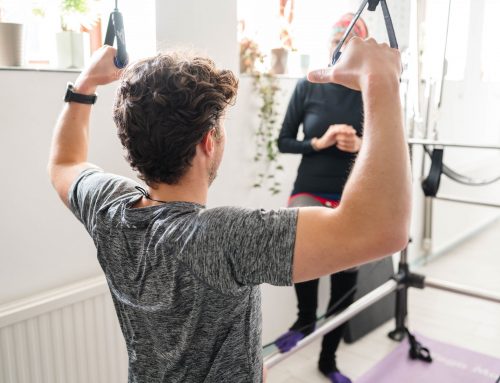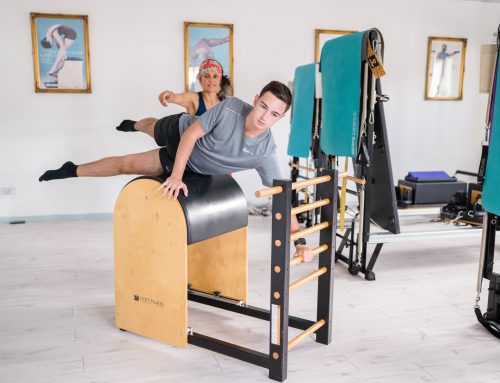The teacher
You cannot teach movement if the movement itself is not in your body. So you may not have the flexibility, core strength or right body type to achieve the full posture, but do your best to have an understanding and know a modification to demonstrate. Make sure you know your subject – You would be surprised at the number of applications I get for Pilates teachers from people who have never done a studio class or in fact any sort of Pilates class in apparatus, yet they are wanting to make this a career. A report, which looked at more than 200 pieces of research, found that there were six main elements to great teaching and one of the most important ones was subject knowledge. It may seem obvious, but the report found that the best teachers have a deep knowledge of their subject, and if that falls below a certain point it has a “significant impact” on students’ learning. Targeted help for teachers, giving them an understanding of particular areas where their knowledge is weak, could be effective.
Team work
For those working in studios, gyms or in corporate or festival set ups remember that great results always come from teams where individual members are motivated and willing to do whatever it takes to make things happen. Having a willing attitude makes teamwork happen. Problems will arise. Don’t look who is to blame, work together to find a solution. When teams progress and work together, sometimes there may be differences of opinion or misunderstandings. Those can be times of great growth. If you have a problem, go to the person it involves. It is unacceptable to spread gossip or talk behind a person’s back. Always go to the source of the problem, have a conversation, and find a solution so the team can fix it, grow and move on. If someone comes to us to discuss another team member, we always say “I think you should talk to him/her directly about this, instead of me.” As team members, we bring the best of who we are to work each day by “leaving our baggage at the door” and not allowing issues in our personal life to negatively affect other team members. We are a practice of servant leaders. Team members are humble and set an example of kindness, support, and inspiration in every way. We are even-keeled, even-tempered, and predictable. We do the right thing, even when no one is looking. We serve others and want the team to succeed and we don’t seek individual credit.
Some key points
Step 1: Prior Knowledge
I always admit clients to our studios through a consultation. As without assessing we are guessing. This ensures that the client’s expectation is met but also they are suitable for group programming. I understand this is not always possible. Prior Knowledge is the knowledge the student has prior to you starting the topic. Our understanding of how the brain makes memories tells us that your student can only understand what you are telling them if they can link it to something they already know. This means that assessing your students’ prior knowledge is a vital first step to ensure your words do not ‘fall on deaf ears’. If you find that prior knowledge is missing, repairing this is an important first step in their learning. Home online programs can be helpful or reading, depending on what they are prepared to do.
Step 2: Presenting new material
This step includes methods and important considerations to use when presenting new material to your students. Every lesson I make sure that there is a new exercise or concept being introduced, these include:
- Recognising the working memory limit to ensure that you do not overload your students with too much new information at one time. E.g. add around one new exercise or move each week.
- Linking to prior knowledge to help students make connections which lead to good long-term memories. E.g lunge/elephant, 100 progressions.
- Using a multi-sensory approach to make use of more parts of your students’ brains for learning. E.g use of props, kinaesthetic touch.
- Giving your students an advance organiser to help them see the big-picture of your topic as you teach the detail. I now give every enquiry a free taster online session so that they can get a feel for our studios.
- Linking abstract ideas to concrete examples to enable students to understand the more difficult ideas you teach. E.g Joseph Pilates used animals a lot, so liken the movement to something in nature.
Step 3: Feedback
These are methods to show the student how to improve. Note the importance that they implement the feedback, not simply receive it! There is no ‘best’ way to give (and receive) feedback. You could give it verbally or written. Students get feedback by marking their own (or another student’s) work. Reflection is an ideal way, that way no one is blaming, everyone is having chance to reflect. Writing things down helps to get things in perspective.
Step 4: Repetition
These are methods which give the student the opportunity to develop long-term memories by revisiting the new material over time. The evidence, both from the classroom and from neuroscience, is that spaced repetitions are vital to create long term memories. This means that it is not so much the individual teaching methods that are important, it is whether the student has been taken through the learning cycle. So most Pilates repertoire is in 8-10 reps, it’s great to put in some basic favourites but then mix it up with some new stuff.
Learning cycle of you and your student
The Seven Learning Styles – How do you learn?
- Visual (Spatial): Do you need to draw things out?
- Aural (Auditory-Musical): Do you dislike reading?
- Verbal (Linguistic): Do you love words and writing?
- Physical (Kinesthetic): Do you learn by moving?
- Logical: (Mathematical): Do you learn through numbers and equations?
- Social (Interpersonal): Do you learn by watching others?
- Solitary (Intrapersonal): Do you learn by going within?
CLASS & CLIENT RETENTION
- All clients should be greeted by their name on arrival and be placed onto a machine according to their level. This ensures the flow of the class.
- You have got to love people to be working with people. Read the full vlog here.
- Have the studio apparatus ready with props either out or put away for health and safety. This should be done prior to the start of class.
- All apparatus set up must be cued at the beginning and at the end of every exercise.
- Start by checking in with your clients – a short introduction, where are they at? Are they grounded?
- You can ask the client for their biggest win of the week – This builds relationship. You are also starting on a positive note, rather than the usual ‘How are you?”
- Keep the flow, so not too many spring changes, the footbar moves once or twice at the most in the lesson; the same for the box and other props.
- Modify exercises for the full group if one person is struggling.
- Be clear on reps and what the focus of the exercise is.
- Use hands-on if a client can’t get it.
- At the end of the session, the class must be closed professionally so finish with roll downs or side bends. Get the clients to acknowledge their hard work, let them clap, give gratitude or whatever feels right.
- After a semi-private or private ask them for their biggest win. Again let the client leave with something positive.

